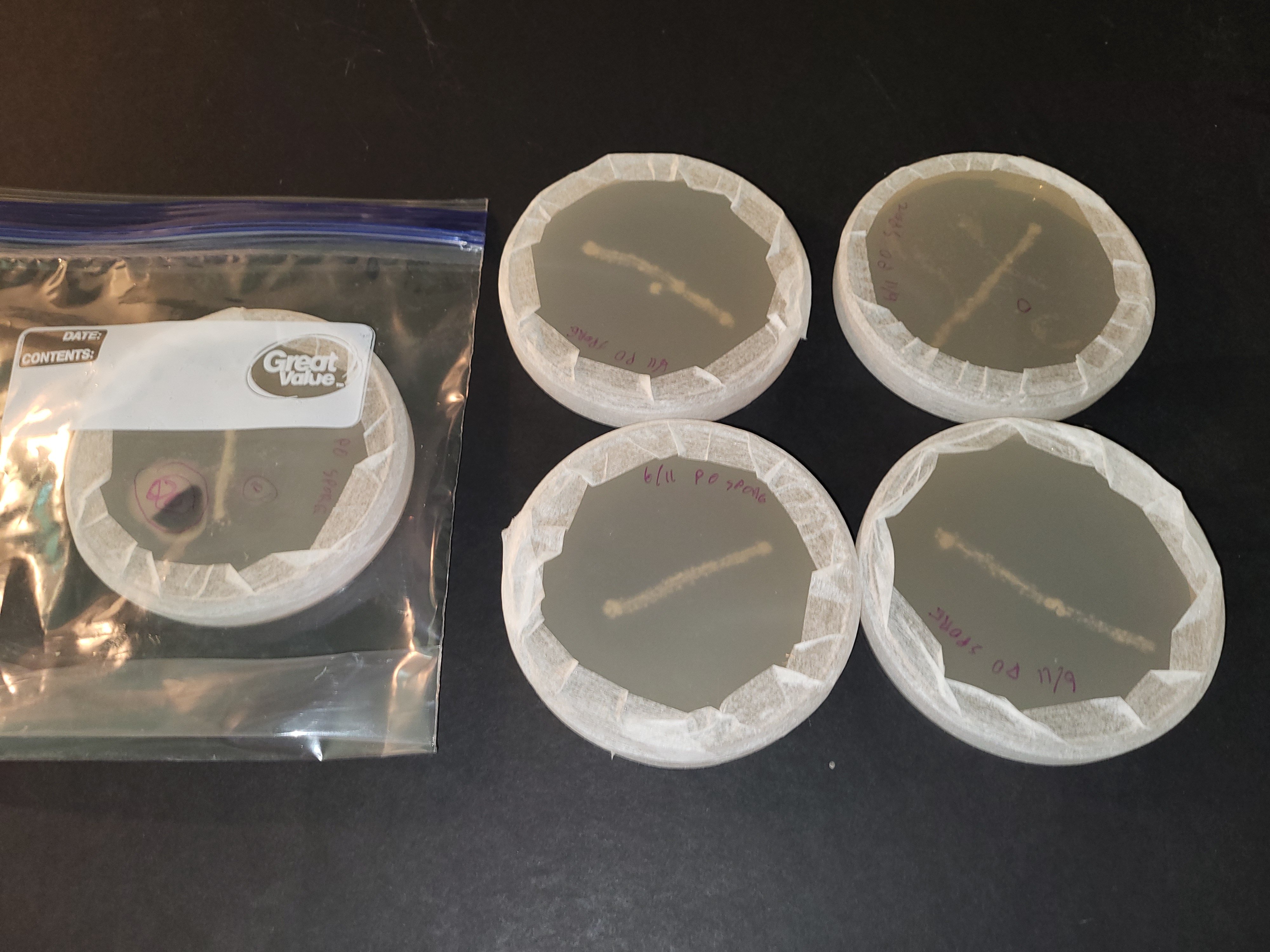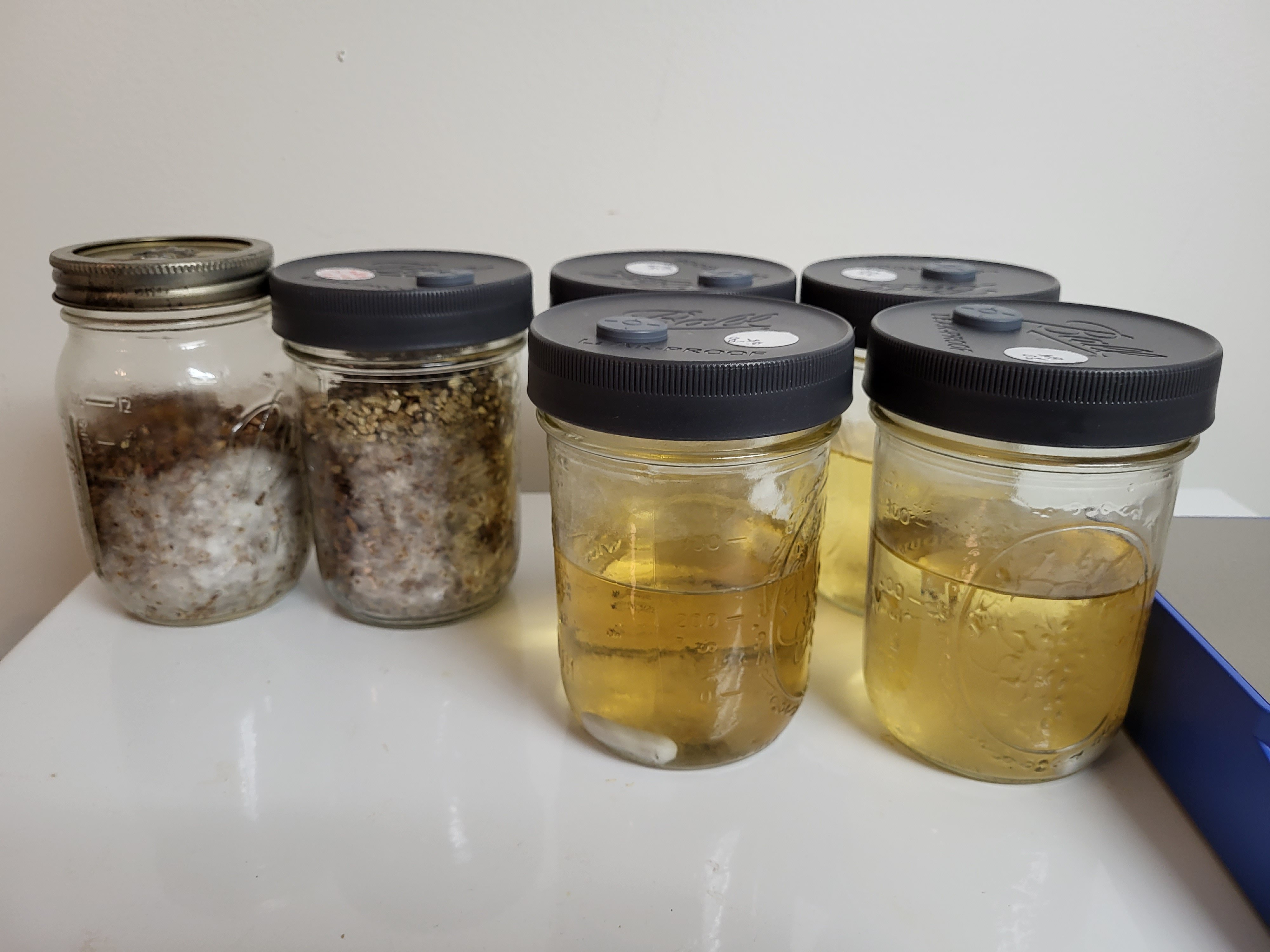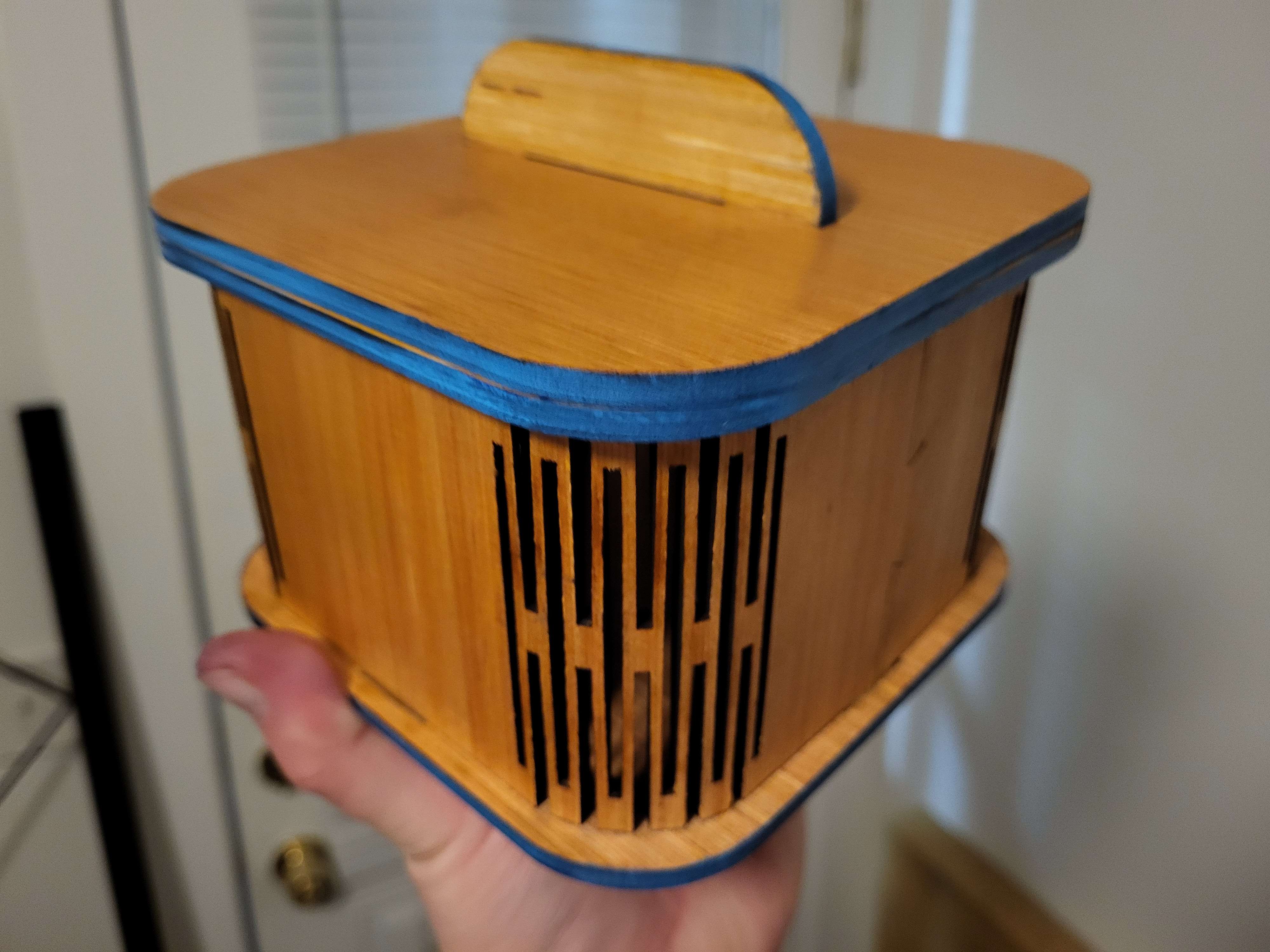I hope the 3D Printing community welcomes other CNC tools. This is a project I made on my custom-built laser table, utilizing "Living Hinges" aka "Torsion Lattice Hinges". They're a really neat mechanism that allows for a variety of different arrays or "lattices" of shapes that facilitate bending--and of-course these can also be created with an FDM printer as well!
This particular lattice is a simple design, cut into a 5mm plywood, and the divisions are all 2mm. Due to the length of the torsion pattern and the space between adjacent parts, the lattice featured in this box is actually quite flexible--it's capable of about 180 degrees rotation before risking damage, so for a beveled corner, it works quite well!
Another cool thing about these lattices is that they are essentially springs! My next project is going to implement a shorter lattice that instead of bending perpendicular to the lattice's plane, will act as a spring along the horizontal axis of the plane. The forces won't be torquing around the vertical columns of the lattice, but rather pressing those columns until the gaps close, so the torque will be along vectors perpendicular to the lattice plane near the thicker connecting regions.
Over all these are really useful designs, and due to the near infinite ways they can be designed, they can both deform in very unique ways, and also scatter light in very unique ways.
Hope this has inspired some of you to explore these really cool mechanisms in your own work; and if you have used these before, let me know in the comments!



Solving this problem is easy, if A or D were correct, P = 0.5, if C or B were correct P = 0.25, since A and D require P = 0.25, and since C and B require P = 0 or 0.5 respectively, there is no correct solution that can be given, therefore the solution is "Undefined".
Anyway, have a good troll!